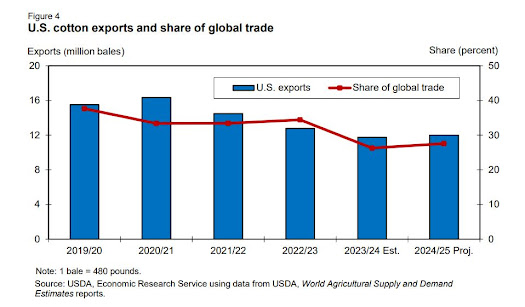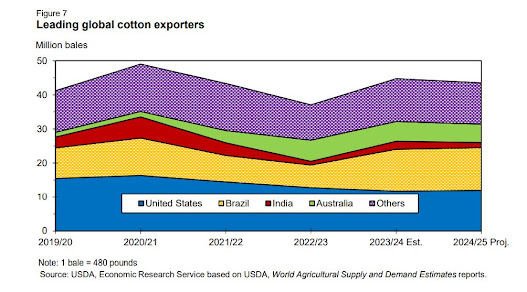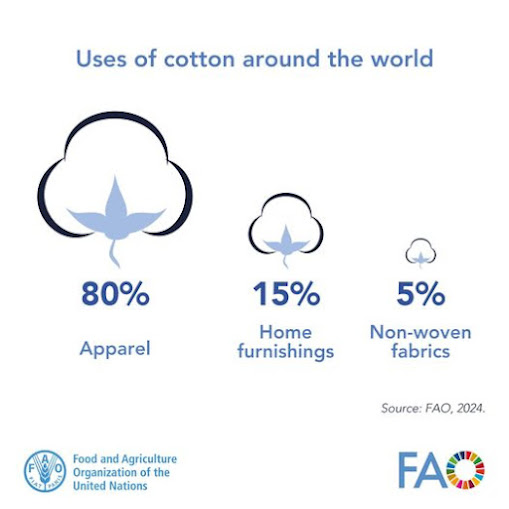Explore how best to bolster cotton's impact and value.

In recent years, the United Nations officially recognized October 7th as World Cotton Day , a day to spotlight the cotton sector and its reach across economies and livelihoods worldwide . This year's theme, "Cotton for Good", celebrates the myriad benefits associated with the fibre as well as the need to invest in sustaining cotton's future . Today, the focus is on Benin, where Better Cotton representatives will be among the 400 attendees convening in Cotonou to explore how best to bolster cotton's impact and value . Benin is especially significant as it recently became the latest country to have a Better Cotton Programme launched. Together with Mozambique, Egypt, Mali and Côte d'Ivoire, our programmes in Africa will play an instrumental role in transitioning toward a more sustainable cotton future across the continent . As we continue to build relationships in cotton-farming communities of all scales , we are taking a moment amid WCD 2024 to reflect on s...







